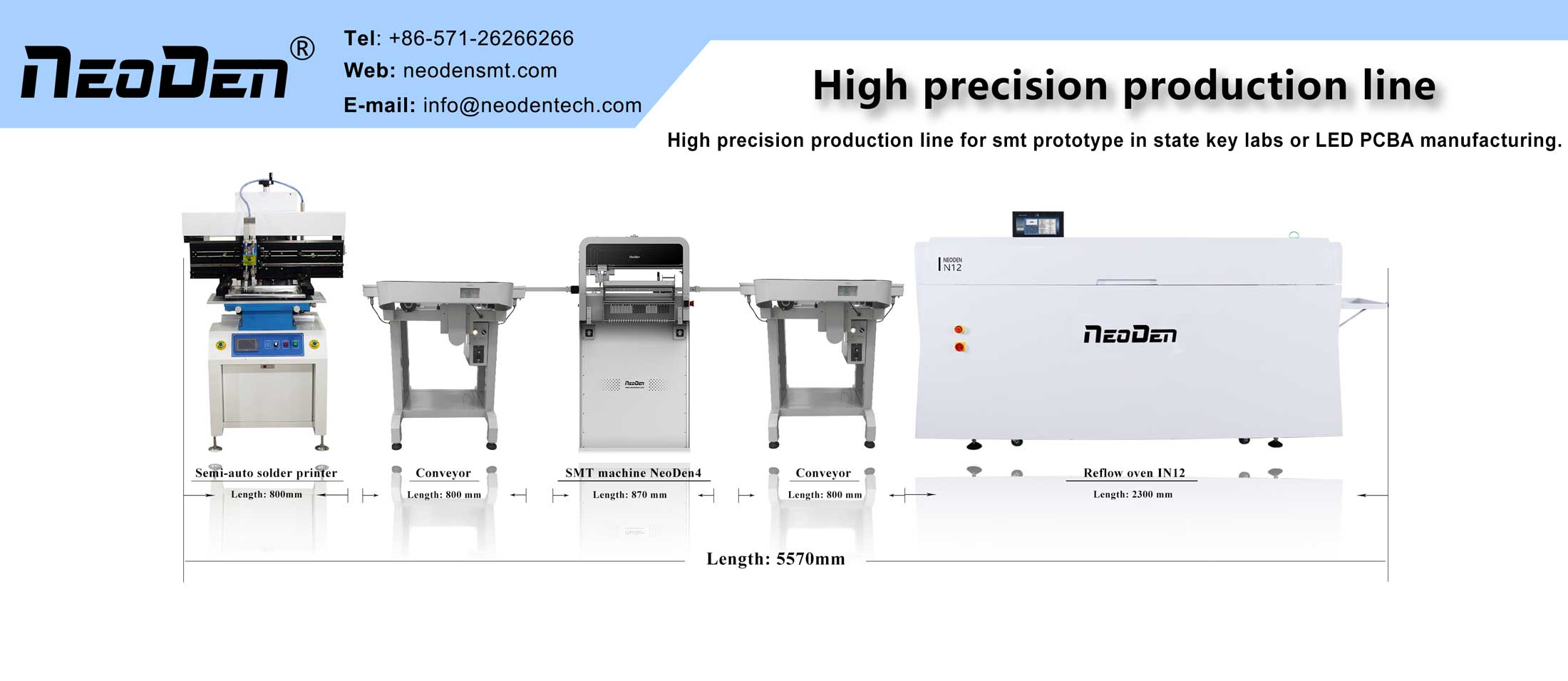1. Heat sink shape, thickness and area of the design
According to the thermal design requirements of the required heat dissipation components should be fully considered, must ensure that the junction temperature of the heat-generating components, PCB surface temperature to meet product design requirements.
2. Heat sink mounting surface roughness design
For thermal control requirements of high heat generating components, the heat sink and components of the mounting surface roughness should be guaranteed to reach 3.2µm or even 1.6µm, has increased the contact area of the metal surface, making full use of the high thermal conductivity of the metal material characteristics, to minimize the contact thermal resistance. But in general, the roughness should not be required too high.
3. Filling material selection
In order to reduce the thermal resistance of the contact surface of the high-power component mounting surface and heat sink, the interface insulation and thermal conductivity materials, thermal conductivity filler materials with high thermal conductivity should be selected, for example, insulation and thermal conductivity materials such as beryllium oxide (or aluminum trioxide) ceramic sheet, polyimide film, mica sheet, filler materials such as thermally conductive silicone grease, one-component vulcanized silicone rubber, two-component thermally conductive silicone rubber, thermally conductive silicone rubber pad.
4. Installation contact surface
Installation without insulation: component mounting surface → heat sink mounting surface → PCB, two-layer contact surface.
Insulated installation: component mounting surface → heat sink mounting surface → insulation layer → PCB (or chassis shell), three layers of contact surface. Insulation layer installed in which level, should be based on the component mounting surface or PCB surface electrical insulation requirements.
Post time: Dec-31-2021

